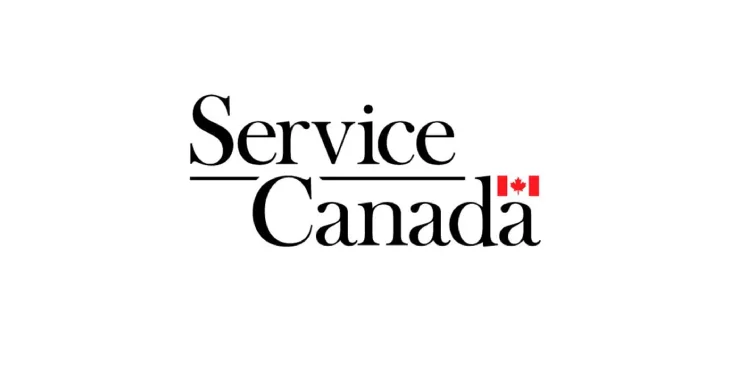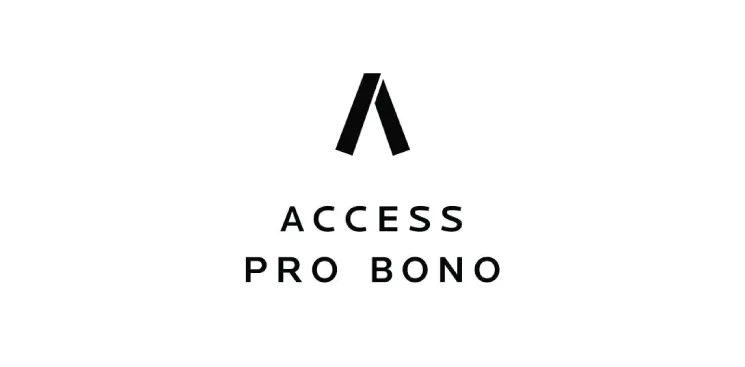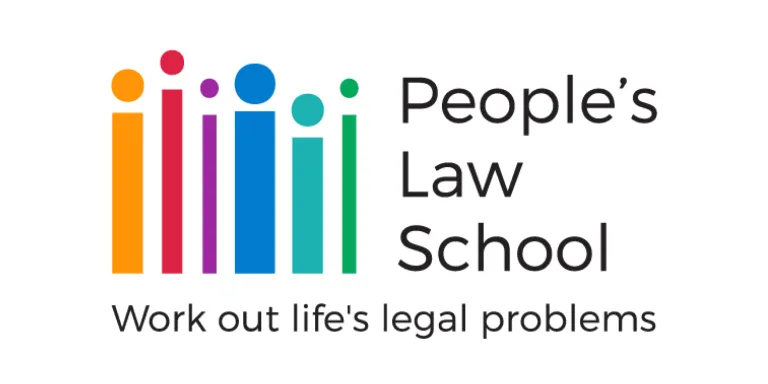Applying for employment insurance

In Canada, the government offers financial assistance to people who are without work. Learn whether you’re eligible for employment insurance benefits, and the steps to apply for benefits.
What you should know
Employment insurance benefits are temporary payments made to people who lose their job through no fault of their own.
EI, as it’s often called, also offers help if you can’t work because of illness or injury. And it provides benefits for people who take time off work to have or parent a child, or to care for family members who are ill or injured.
The EI program is run by the federal government.
EI regular benefits are for people who lose their job through no fault of their own — for example, you were laid off.
There are also other types of EI benefits available.
Maternity and parental benefits are for people who can’t work because they’re pregnant, recently had a baby, are adopting a child, or are caring for a baby.
Sickness benefits are for people who can’t work because they’re ill, injured, or quarantined.
There are benefits available for caregivers.
Family caregiver benefits are for people who can’t work because they’ve stepped away to care for or support a critically ill or injured family member.
Compassionate care benefits are for people who can’t work because they’ve stepped away to care for or support a family member who is gravely ill with a significant risk of death within six months.
Benefits for parents of critically ill children are for eligible parents who take time off work to care for their critically ill or injured child.
And there are fishing benefits for self-employed fishers who are actively seeking work.
To qualify for EI regular benefits, you must:
in the last 52 weeks, have worked a minimum number of hours in work covered by the EI program
have lost your job through no fault of your own (you won't qualify if you were fired for misconduct or chose to quit when you had other options)
have gone seven straight days without work or pay from a particular employer
The federal government website goes through these requirements, and who qualifies for the other types of EI benefits. Visit the website.
The amount of EI you get depends on the type of EI benefit, how much you’ve been earning, and where you live.
For most people, the basic rate for calculating EI regular benefits is 55% of your pay, up to a maximum amount. The maximum amount changes over time. The federal government posts the current figure. See their website.
In calculating your EI benefits, the government considers your gross earnings (before deductions), including tips and commissions. EI benefits are taxable income, so taxes are deducted.
Your benefits may be reduced if you earn certain types of income during your benefit period. For example, income from self-employment. Other types of income won’t reduce your benefits, such as pension income from an RRSP or RRIF.
The federal government provides a full list of income types, and how they affect EI benefits. See the EI earnings chart.
You can work part-time and still get EI. Under the working while on claim rules, you keep 50 cents of EI benefits for every dollar you earn in wages, up to a maximum amount.
Apply for EI benefits
Here are the steps to apply for EI benefits.
Step 1. Gather your information
Step 2. Apply for benefits
Step 3. After you apply
Step 4. If your application is denied, request a reconsideration
Step 5. Appeal the reconsideration decision
Step 1. Gather your information
Collect all the documents and information you’ll need. These include:
your social insurance number
your government-issued ID
details of your most recent employment, including your salary and why you left
your record of employment (ROE), which is a form the employer prepares saying how long you worked for them and how much you earned
Step 2. Apply for benefits
You should apply for EI as soon as you stop working. If you delay, you may lose benefits.
To apply, you must start your application online. If you don’t have internet access at home, you can apply at a public internet access site, like a library. Here's the online application form.
Step 3. After you apply
If your application is approved, there may be a one-week waiting period for which you won’t be paid.
If your application is denied, Service Canada will contact you by letter or phone to explain why.
Step 4. If your application is denied, request a reconsideration
If your application is denied, your first step to challenge the decision is to request a reconsideration. There is no cost to do this.
Step 5. Appeal the reconsideration decision
If you disagree with the decision made on your reconsideration request, you can appeal to the Social Security Tribunal. This is a body similar to a court. It hears appeals on pensions and benefits provided by the federal government.
We have more detail on these steps if you want to go further. See our in-depth information on applying for EI.
Who can help

Service Canada
This federal government agency helps people access the employment insurance program.

Lawyer Referral Service
Helps you connect with a lawyer for a complimentary 15-minute consult to see if you want to hire them.

Access Pro Bono's Free Legal Advice
Volunteer lawyers provide 30 minutes of free legal advice to people with low or modest income.
This information from People’s Law School explains in a general way the law that applies in British Columbia, Canada. The information is not intended as legal advice. See our disclaimer.
Related
On Dial-A-Law
Dial-A-Law has more information on Leaving a job in the section on Work.

